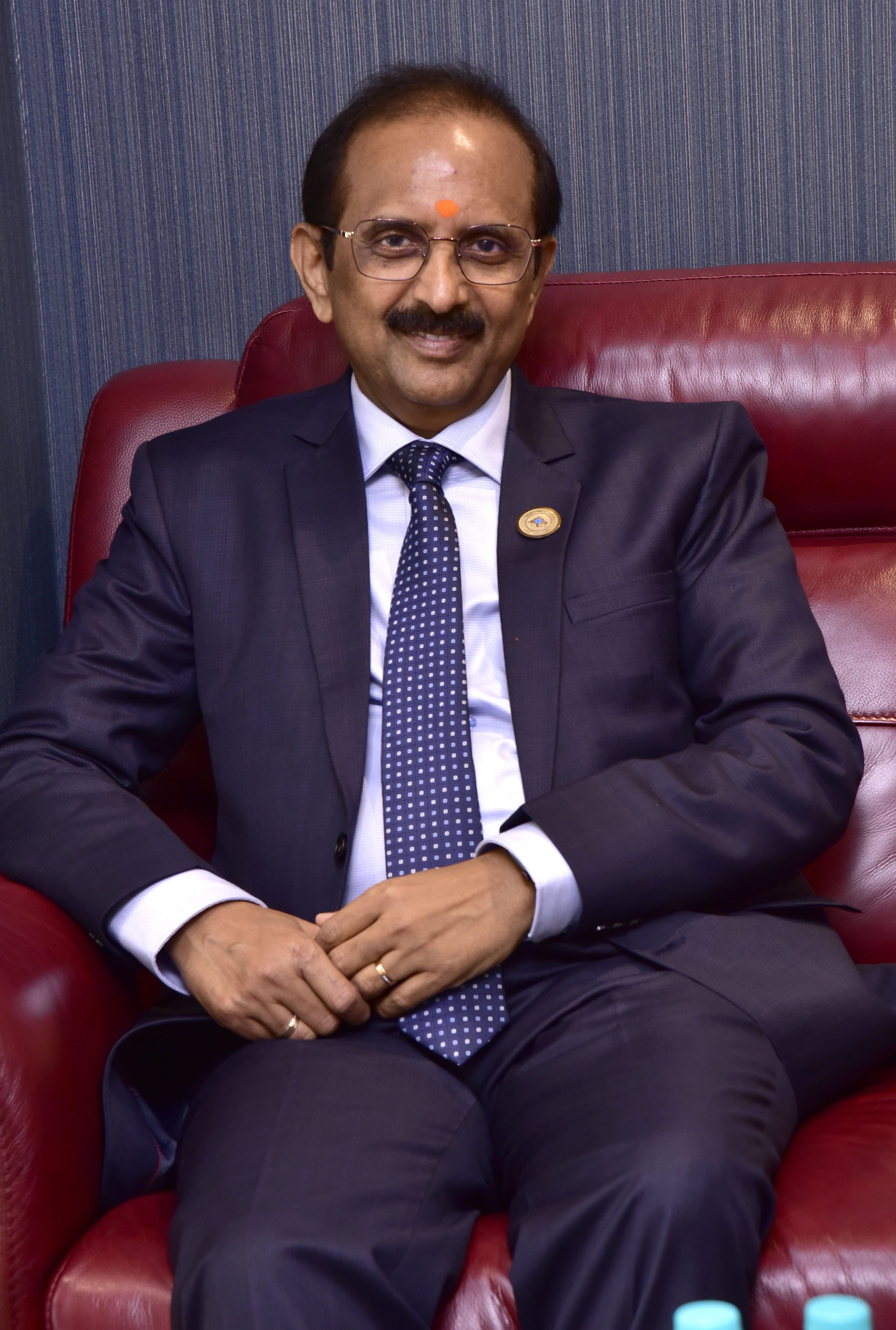Raising the FCNR (B) deposit rates, development of the Secured Overnight Rupee Rate (SORR) benchmark and revision in limit of collateralised agriculture loans are all positive for banks

FinTech BizNews Service
Mumbai, 6 December, 2024: Decisions and Deliberations of the Monetary Policy Committee (MPC) have bearing upon various aspects of lending, investment, saving, digital & IT, Banking liquidity, FPIs inflows etc. Let’s know what are the views of the leading lenders:
CS Setty, Chairman, SBI: "The monetary policy announcements made today are pragmatic, candid and has crossed important milestones in regulatory and development policy space. The cut in CRR by 50 bps, raising the FCNR (B) deposit rates, development of the Secured Overnight Rupee Rate (SORR) benchmark and revision in limit of collateralised agriculture loans are all positive for banks. The decision to form a committee to investigate the issue of ethical AI in financial services and use of technology to detect mule accounts is timely”.
Mr. Salee S Nair, MD & CEO, Tamilnad Mercantile Bank: “The RBI's decision to maintain the repo rate is a positive step. The decision to reduce the CRR by 50 basis points to 4% is a significant step towards injecting liquidity into the banking system. The continued focus on credit growth, particularly for priority sectors like agriculture, is a welcome move. The increased collateral-free loan limit for farmers from Rs 1.6 lakh to Rs 2 lakh per borrower significantly boosts the agricultural sector. By easing the credit flow and reducing the burden of collateral requirements, the RBI is empowering these sectors to drive economic growth. This, coupled with RBI’s efforts to manage inflation, will contribute to a stable and prosperous India.”
Pushkar Mukewar, Founder & CEO, Drip Capital:
“The RBI's decision to link the FX-Retail platform with the Bharat Connect platform of NPCI is a crucial step towards democratizing access to foreign exchange for MSMEs. By integrating FX-Retail into the apps of banks and non-bank payment system providers, this initiative simplifies registration and transaction processes for businesses that are critical drivers of India's export economy.
For MSMEs, which often grapple with opaque pricing and limited access to competitive forex rates, this move ensures greater transparency, fairness, and cost-efficiency. The enhanced user experience and security provided by this linkage will empower MSMEs to manage their foreign exchange needs with confidence, reducing the burden of hidden costs and inefficiencies.
We see this as a critical milestone in India’s journey to boost export competitiveness and enable MSMEs to thrive in the global market. This alignment of technology and policy will not only streamline forex transactions but also bolster the resilience of small businesses, ultimately driving India's growth story forward.”
Pankaj Sharma, CEO, Religare Finvest: “The Reserve Bank of India's (RBI) stance of maintaining the repo rate at 6.50% demonstrates a nuanced approach to our current economic challenges. While we would have welcomed a rate cut, we understand the delicate balancing act of managing inflation against economic growth-we recognize the RBI's cautious approach.
The current economic indicators present a complex landscape. With inflation rates climbing to 6.2% - significantly above the RBI's 4% target - and our GDP growth decelerating to 5.4% in the second quarter, we're navigating turbulent economic waters. The modest Cash Reserve Ratio (CRR) reduction from 4.5% to 4% is a strategic move that will inject approximately Rs 1.16 lakh crore into our financial ecosystem. From our perspective as a financial services provider, this liquidity injection is crucial. It will enhance banks' lending capacities, creating more opportunities for businesses seeking capital.
We remain optimistic as a sector. The RBI's measured response suggests a commitment to long-term economic stability. The potential for sustained growth remains robust, and we continue to support and look forward to policies that balance inflation control with economic expansion. Thereby insulating and propelling India to its vision of becoming the third largest economy.”
Dr. HP Singh, CMD, Satin Creditcare Network:
“The decision to cut CRR is a pivotal move by the RBI to ease liquidity thereby helping accelerate economic activities and drive growth. The festive-driven surge in rural demand and the overall resilience signals improving economic activities in the hinterlands, which will drive the revival of the MFI industry.
Additionally, the Central Bank’s announcement of creating an AI panel can revolutionize the microfinance industry by enhancing operational efficiency, transparency, and scalability. AI-driven underwriting models streamline credit assessments, reduce NPAs, and boost profit margins. At Satin Creditcare, we have always been buoyant about the potential of innovative technologies in driving efficiency in the lending space. Embracing AI enables MFIs to navigate challenges and achieve sustainable growth.”
Mandar Pitale, Head Treasury, SBM Bank India:
“As expected, the Monetary Policy Committee (MPC) has given precedence for infusing durable liquidity over policy rate reduction as an immediate measure to address shallow systemic liquidity and support growth. Increase in banking system liquidity by over INR 1 Lac crore in the next 3 weeks will cool off the money market rates and lead to marginal reduction in term deposit rates as we move to CY 2025.
Further, the CPI trajectory projected by MPC showing descent from 4.5% Q4 FY 25 to 4% Q2 FY 26 coupled with forward looking assessment approach usually adopted in rate decisions; opens space for commencement of rate easing cycle from FEB MPC meeting. MPCs comfort on stability in USD INR pair factoring in the impact of the transition of government in US in Jan 25 will also be key determinant in the final decision on rate easing in FEB 25.
Though the increase in ceiling on FCNR deposit interest rates will have sentimental impact, an actual incremental influx of dollars needs to be watched, as the banks present USD FCNR rates are way below the present ceilings available. Hitting the revised upward ceiling will increase covered cost of funds through FCNR route significantly adding the impact due to the recent surge in forward premium induced by large rupee volatility.